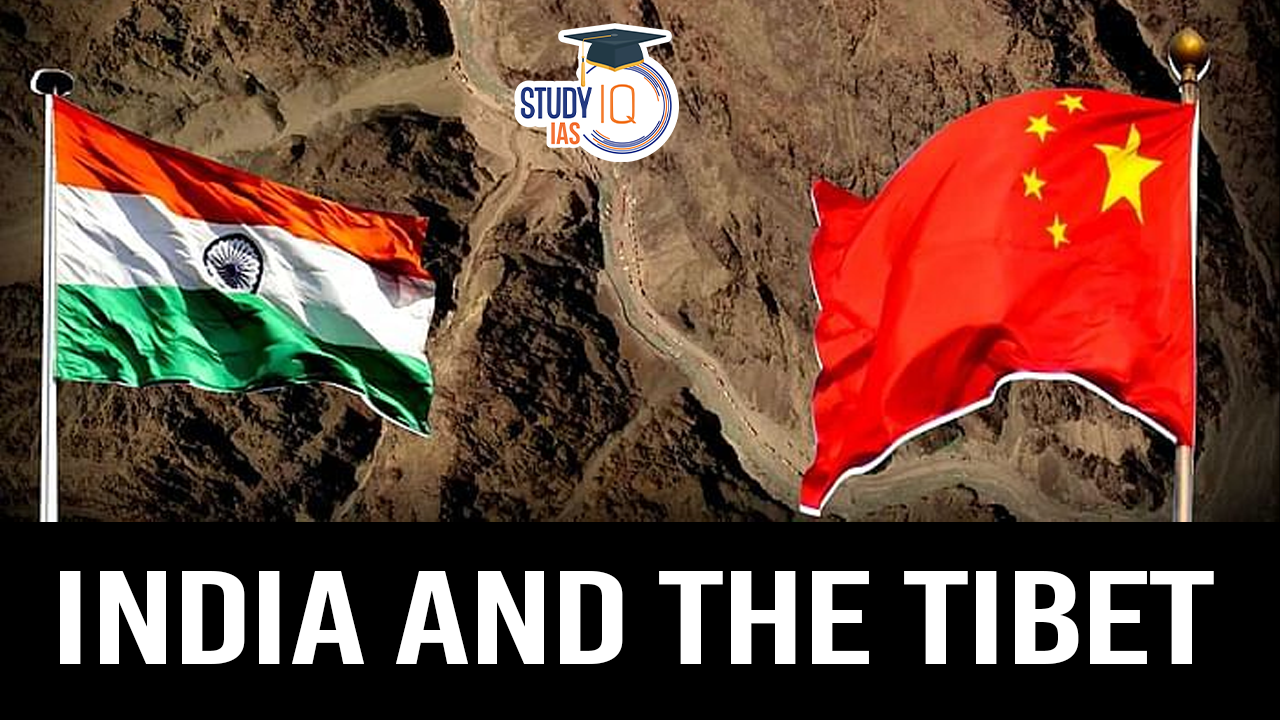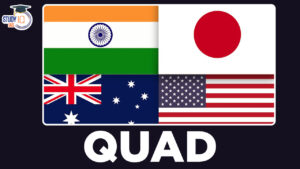Table of Contents
Context
- A delegation of U.S. lawmakers visited Dharamshala, hosted by the Central Tibetan Administration.
- The visit occurred just after the passage of the ‘Promoting a Resolution to the Tibet-China Dispute Act’ in the U.S. Congress, awaiting President Biden’s signature.
More in News
- S. lawmakers made strong statements against China’s repression of Tibetans, calling for renewed talks between the Dalai Lama’s representatives and China, and advocating for a Free Tibet.
- The U.S. emphasised the clarity of U.S. support for Tibet and criticised Chinese leadership.
India’s Role in Tibet Cause
Historical Background
- 1959 Tibetan Uprising: Following the 1959 uprising in Tibet against Chinese rule, the 14th Dalai Lama fled to India.
- Asylum to Dalai Lama: The Indian government granted asylum to the Dalai Lama, who established the Central Tibetan Administration (CTA) in Dharamshala, Himachal Pradesh.
- Tibetan Refugees: India has since provided refuge to thousands of Tibetan exiles, allowing them to establish communities, schools, and monasteries.
India’s Policies and Stance
- Recognition of TAR: India recognizes the Tibet Autonomous Region (TAR) as part of the People’s Republic of China, as per the 1954 agreement.
- ‘One China’ Policy: While India traditionally adhered to a ‘One China’ policy, it has stopped reiterating this since 2010 due to ongoing border disputes and other political tensions with China.
- Spiritual Leadership: India considers the Dalai Lama a revered spiritual leader and does not officially acknowledge the Tibetan Government in Exile or the Tibetan Parliament in Exile as political entities.
- Policy Statements: Indian leaders and officials are cautious in their public statements about Tibet to avoid exacerbating tensions with China.
Diplomatic Sensitivities
- Past Actions: PM Modi invited the Tibetan Sikyong to his 2014 swearing-in but not in 2019. A 2018 circular reminded officials of India’s policy, discouraging attendance at events marking the Dalai Lama’s 60 years in India.
- Border Disputes: The unresolved border issues between India and China, including the 2020 Galwan clash, influence India’s stance on the Tibet issue.
- Sovereignty and Integrity: India is sensitive about issues of sovereignty and territorial integrity, which shapes its cautious approach to the Tibet cause.
Humanitarian Efforts
- Education and Welfare: India has facilitated the establishment of Tibetan schools, cultural institutions, and welfare centres to support the Tibetan diaspora.
- Cultural Preservation: Tibetan refugees in India have been able to preserve their language, culture, and religious practices.
Recent Developments
- US Involvement: The U.S. Congress’s passage of the ‘Promoting a Resolution to the Tibet-China Dispute Act’ and the visit of U.S. lawmakers to Dharamshala highlights international interest in the Tibet issue.
- India’s Engagement: India hosted U.S. lawmakers in Dharamshala and engaged with them at high levels, indicating a complex interplay between supporting the Tibetan cause and managing diplomatic relations with China.
Strategic Considerations
- Allowing U.S. leaders to make statements from India could lead to direct responses from China, sidelining India in the discourse.
- Similar patterns are seen in other South Asian countries where India’s influence is challenged by U.S.-China contestations.
Future Policy Directions
- The U.S. accepting more Tibetan refugees and China’s control over Tibetan monasteries highlight the need for India to reassess its policy.
- The question of the Dalai Lama’s succession is critical.
- India must assert its voice and control over its policy on Tibet to avoid being overshadowed by other global powers.


 Dalai Lama Confirms He will have a Succe...
Dalai Lama Confirms He will have a Succe...
 Transforming Remittances Landscape in In...
Transforming Remittances Landscape in In...
 QUAD Countries: Members, Objectives, Imp...
QUAD Countries: Members, Objectives, Imp...





















